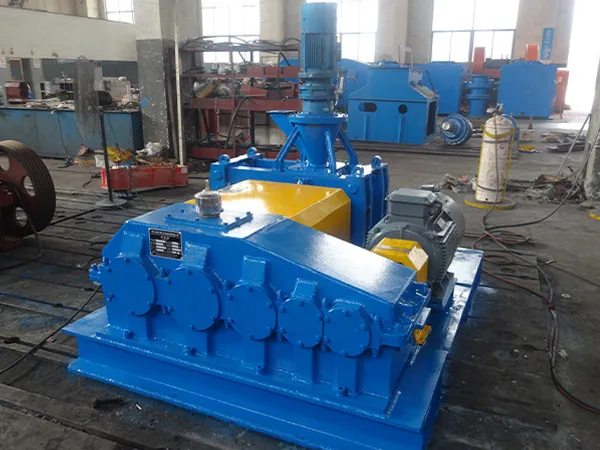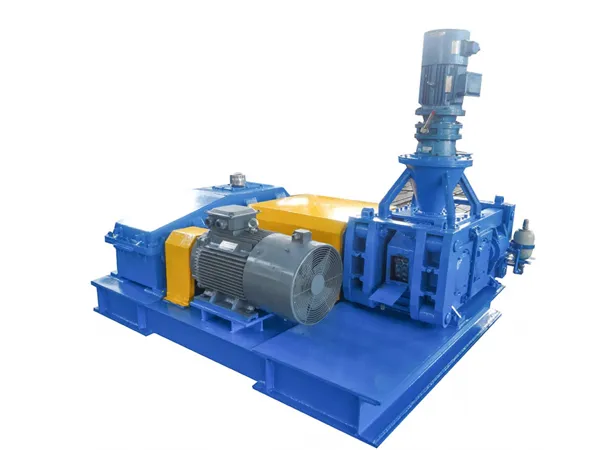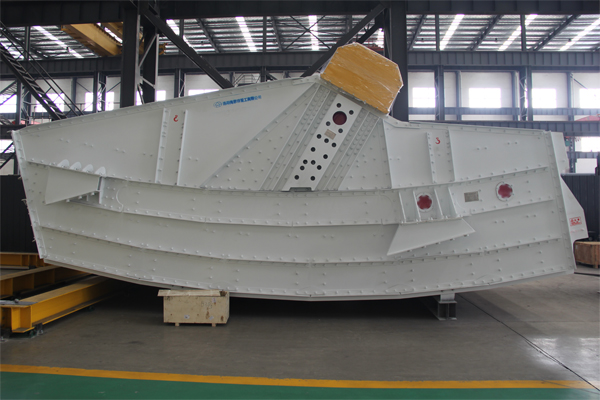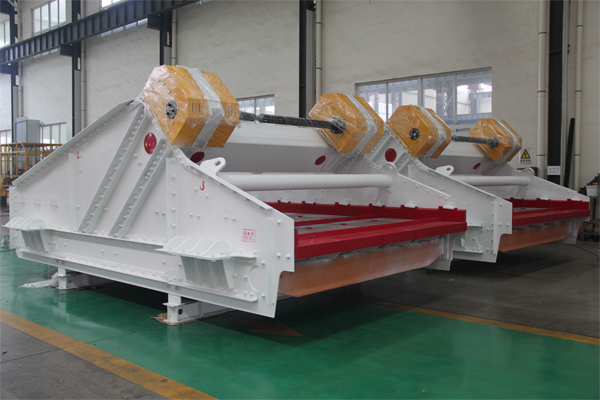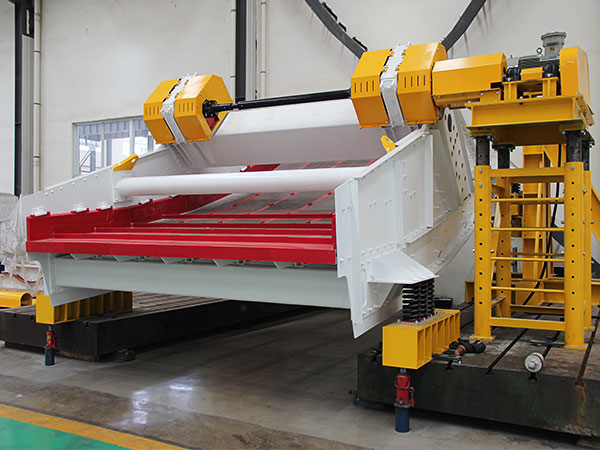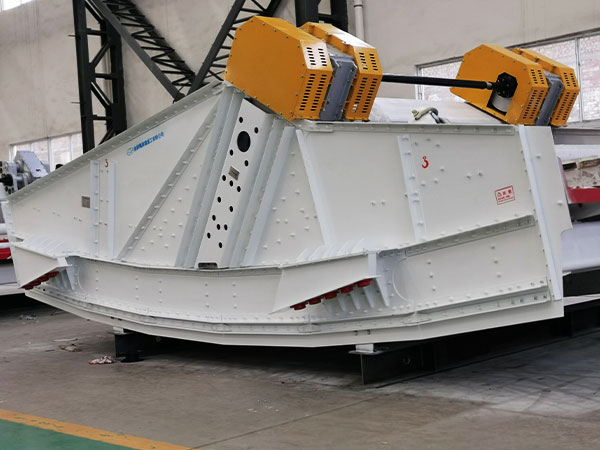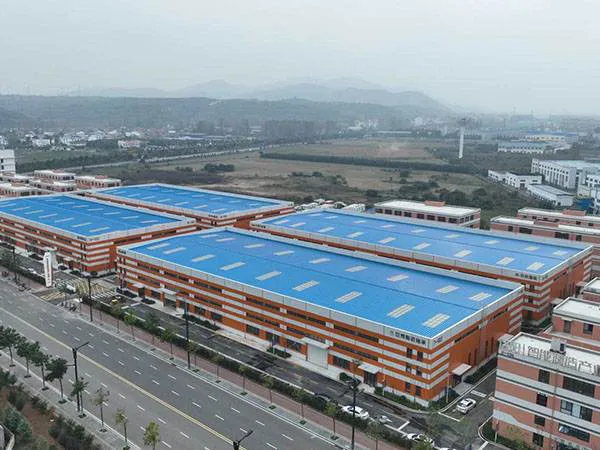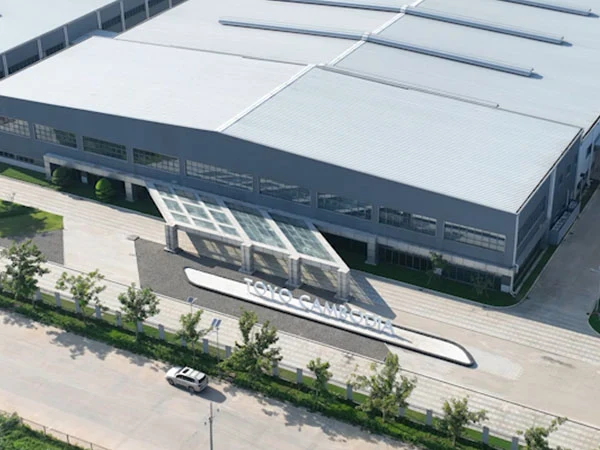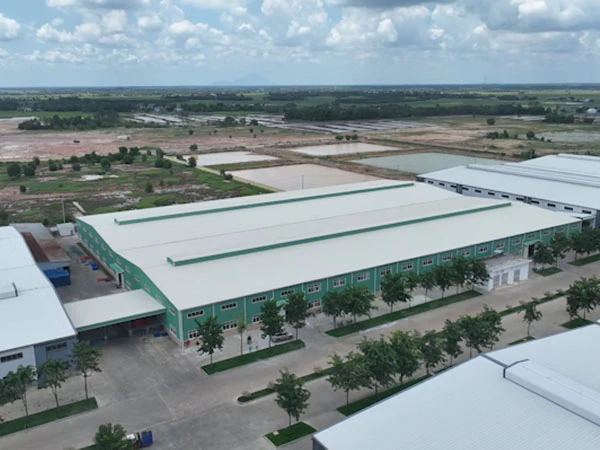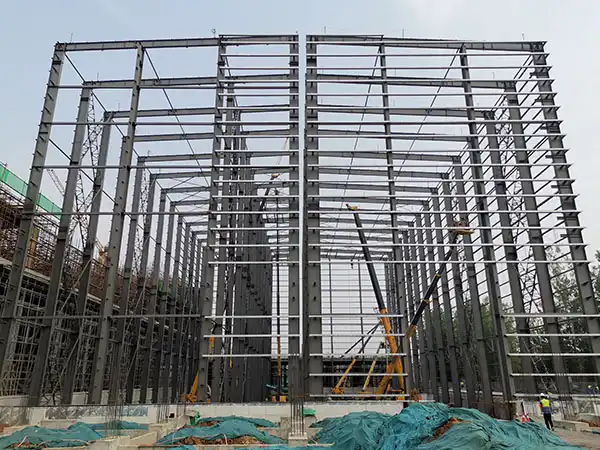Turn Waste into Wealth: Wood Sawdust Briquetting Machine Brings New Life to Your Waste Materials
In today’s world, sustainable development and energy efficiency have become central themes for industrial growth. For industries such as wood processing, furniture manufacturing, and sawmills, large quantities of sawdust and wood chips are often treated as waste – taking up valuable space, increasing disposal costs, and posing fire hazards.
But what if these wood residues could be transformed into a powerful source of renewable energy? The wood sawdust biomass briquetting machine makes this possible by turning industrial waste into clean, high-value fuel.
What Is a Wood Sawdust Biomass Briquetting Machine?
A biomass briquetting machine is an advanced piece of equipment that compresses loose biomass materials such as sawdust, rice husks, straw, or agricultural residues into dense blocks or cylindrical briquettes. These are known as biomass briquette fuels, an eco-friendly alternative to coal or other fossil fuels.
Through high-pressure and high-temperature physical extrusion, the machine binds biomass fibers naturally without any chemical additives, forming durable and high-energy briquettes.
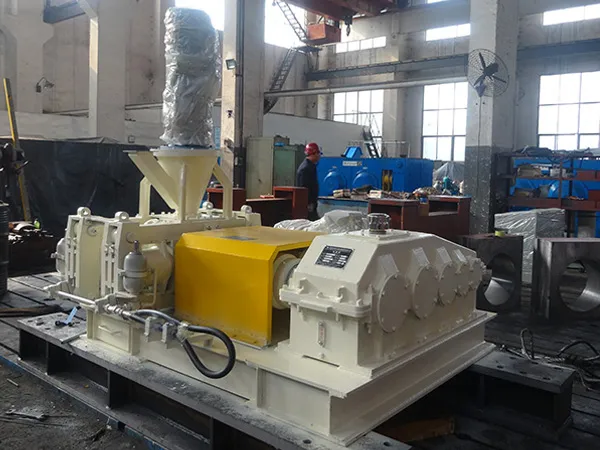
Why Choose a Wood Sawdust Briquetting Machine?
1. The Ultimate Waste Management Solution
No more mountains of sawdust! The briquetting machine significantly reduces waste volume, making it easier and cheaper to store and transport. It’s a practical way to cut down on waste-handling costs and environmental risks.
2. Create Valuable Green Energy
Once compressed, sawdust briquettes have higher calorific value and burning efficiency compared to raw sawdust. They produce less smoke and ash, making them an ideal renewable substitute for coal and oil. This turns your waste into a sellable, clean energy source.
3. Real Economic Benefits
Lower energy costs: Use self-produced biomass briquettes to replace expensive external fuels. Additional income stream: Sell briquettes to local heating plants, power stations, or other industrial users. Regulatory compliance: Proper waste recycling helps avoid environmental fines and supports green certifications.
…

